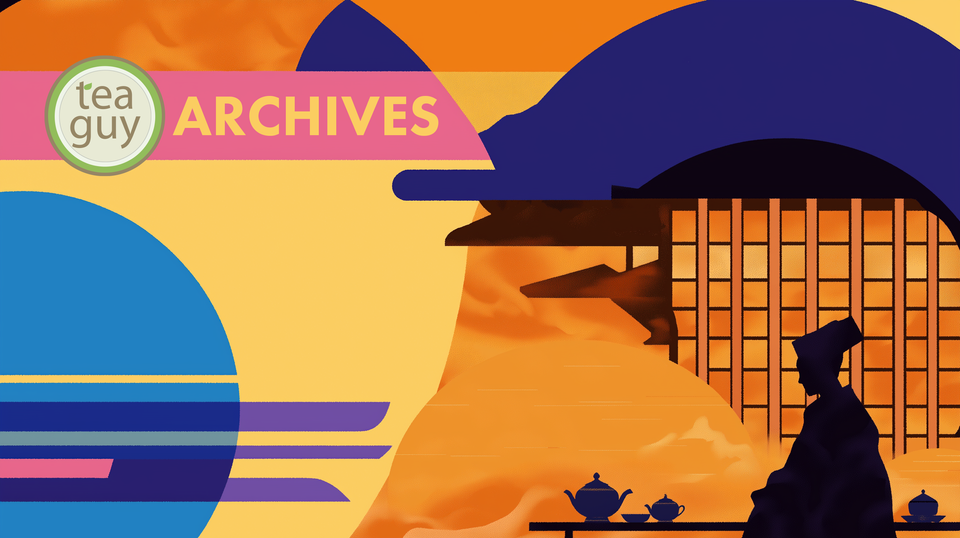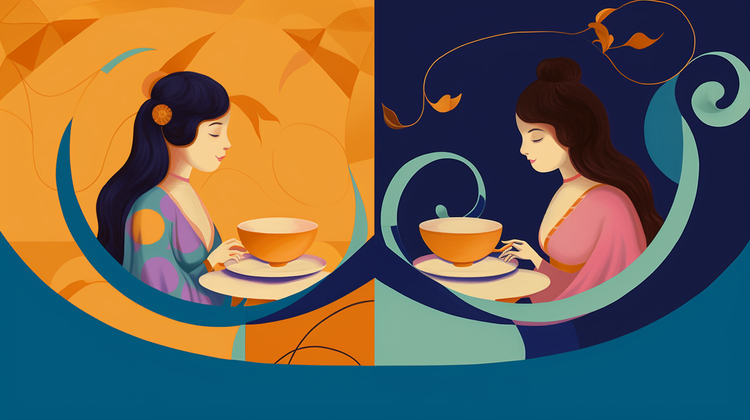Tea 201 - FTGFOP - Leaf Classifications and What They Mean

FTGFOP. Phew, what a mouthful! It almost feels like a code of some kind—and in a way, it is!
It stands for Finest Tippy Golden Flowery Orange Pekoe and is considered the highest grade of Ceylon tea from Sri Lanka. The acronym describes exactly what this classification entails: it's the finest, with lots of tips, flowery… oh, and it’s Orange Pekoe.
What is Orange Pekoe?
I’ll digress briefly to explain what Orange Pekoe is.
You’ve probably seen it on store shelves. When I first came across it, I assumed it was black tea with an orange flavor—but that’s actually a misconception! Orange Pekoe has nothing to do with oranges. Instead, it refers to a typical black tea with a medium-sized leaf.
The term "Pekoe" comes from a mispronounced transliteration of the Chinese word for tea, meaning white down/hair (白毫; Pe̍h-ōe-jī: pe̍h-ho), which refers to the white hairs on young tea leaves.
The origin of "Orange" is a little trickier:
- One theory suggests the Dutch East India Company marketed it as "Orange" to associate it with the Dutch royal House of Orange-Nassau.
- Another theory links it to the copper color of the leaves when they undergo high-quality oxidation before drying.
- A third possibility is that the name refers to the bright orange hue of the dried pekoes in the finished tea.
More Tea Grades and Acronyms
There are many more acronyms in the world of tea. In fact, there’s an entire list of grades for orthodox black tea, covering:
- Whole leaf grades
- Broken leaf grades
- Fanning grades
A Tea Aficionado's Inside Joke
Oh! I almost forgot—among some tea enthusiasts, FTGFOP has another playful meaning:
"Far Too Good for Ordinary People." 😆
What do you think?
Let me know your thoughts in the comments! 🍵






Member discussion